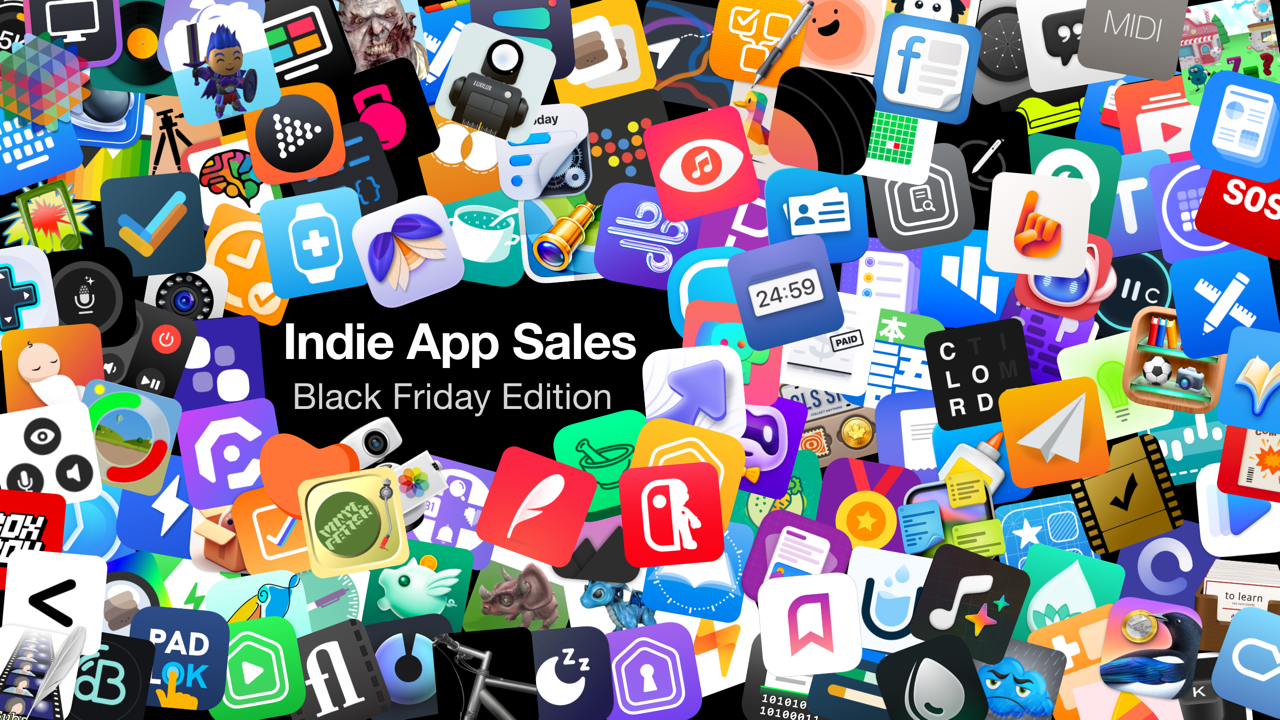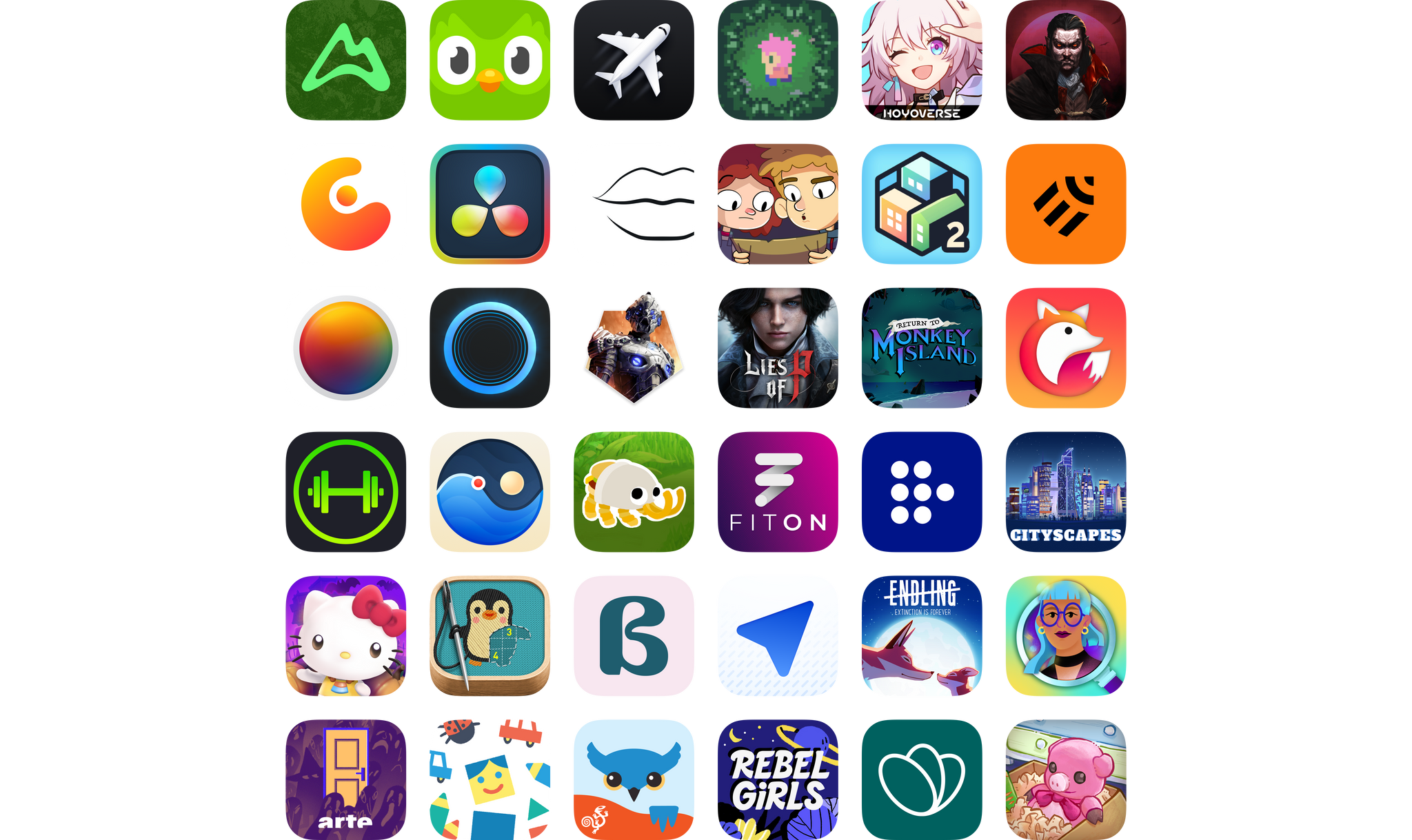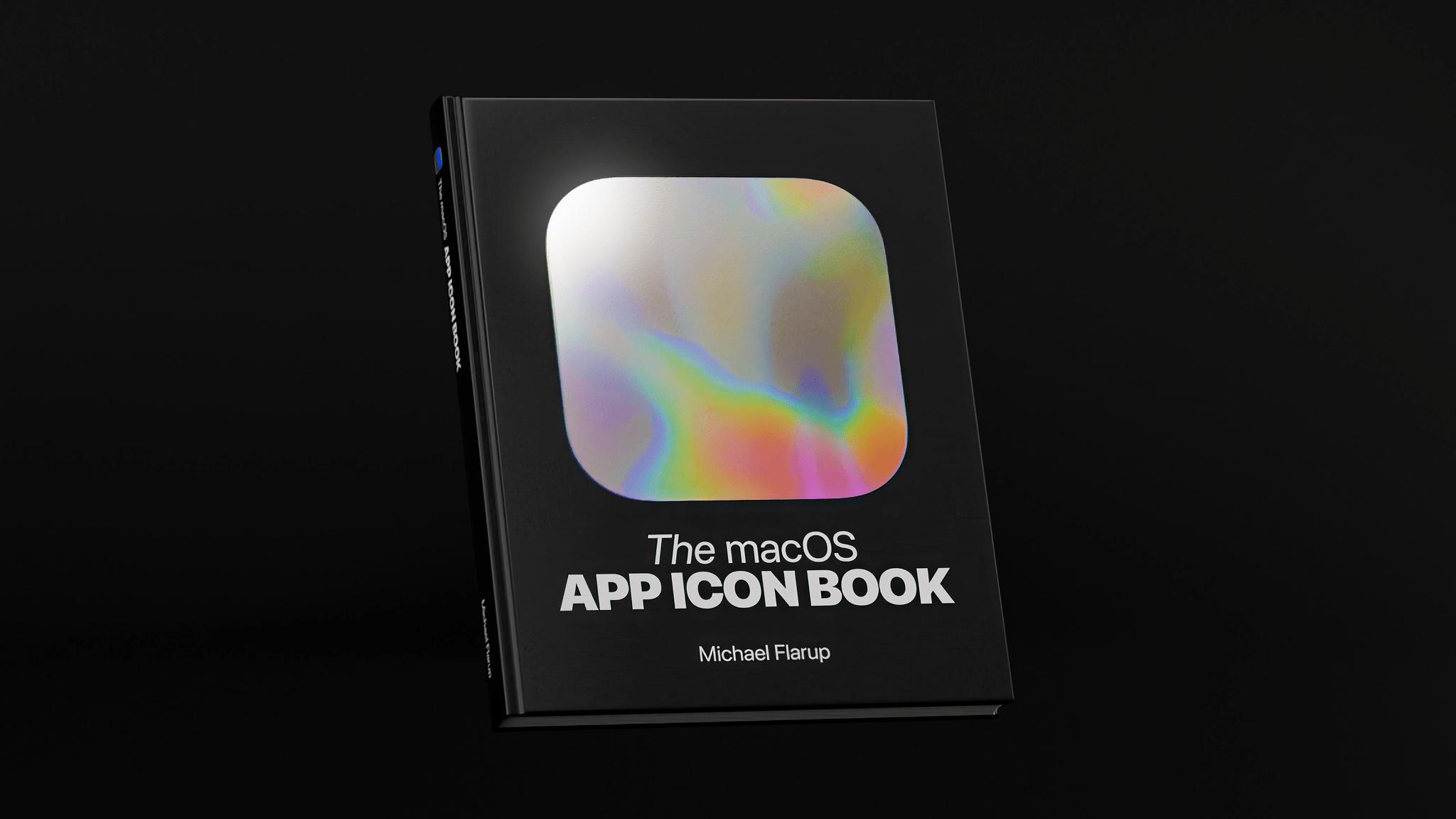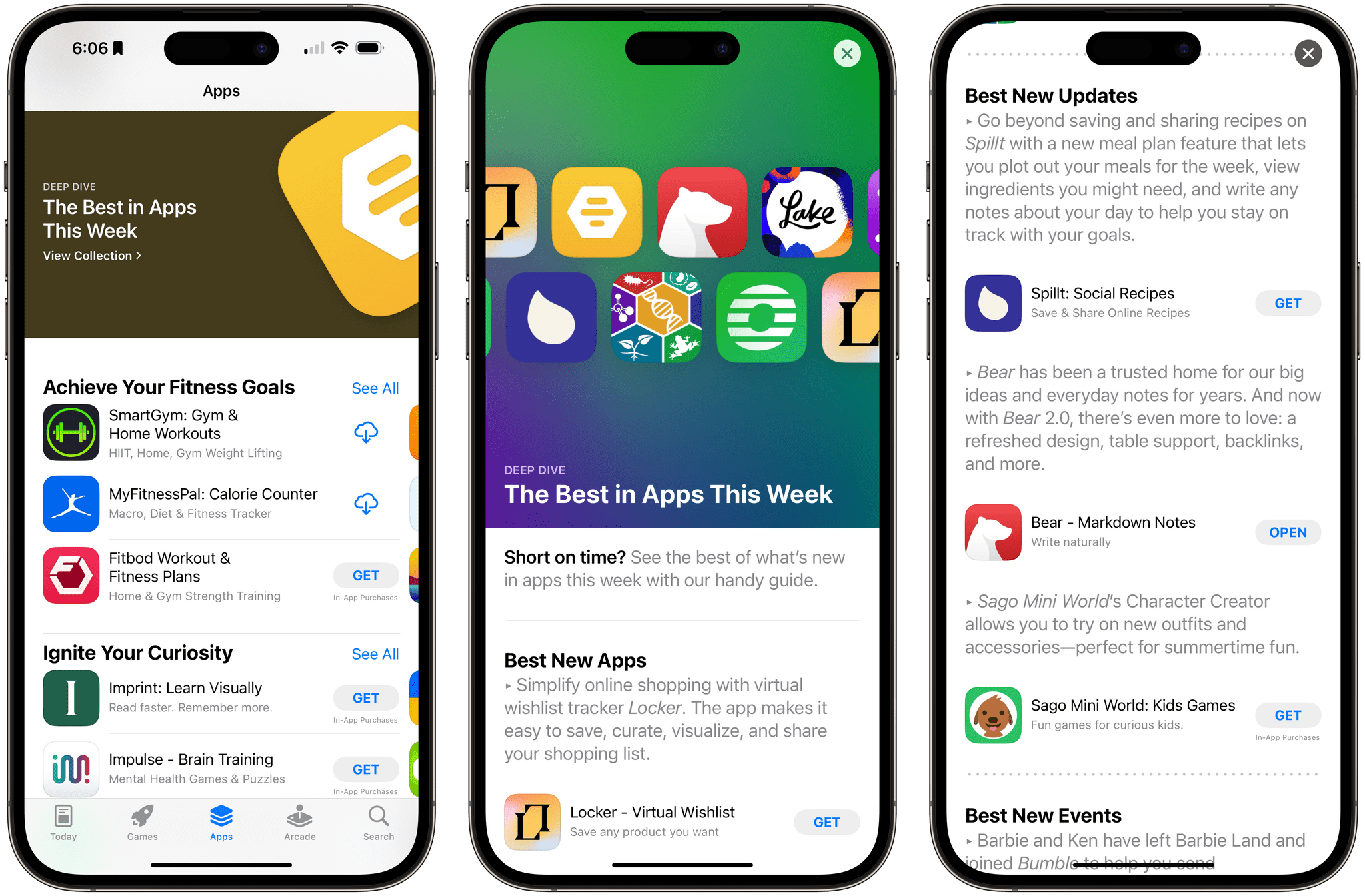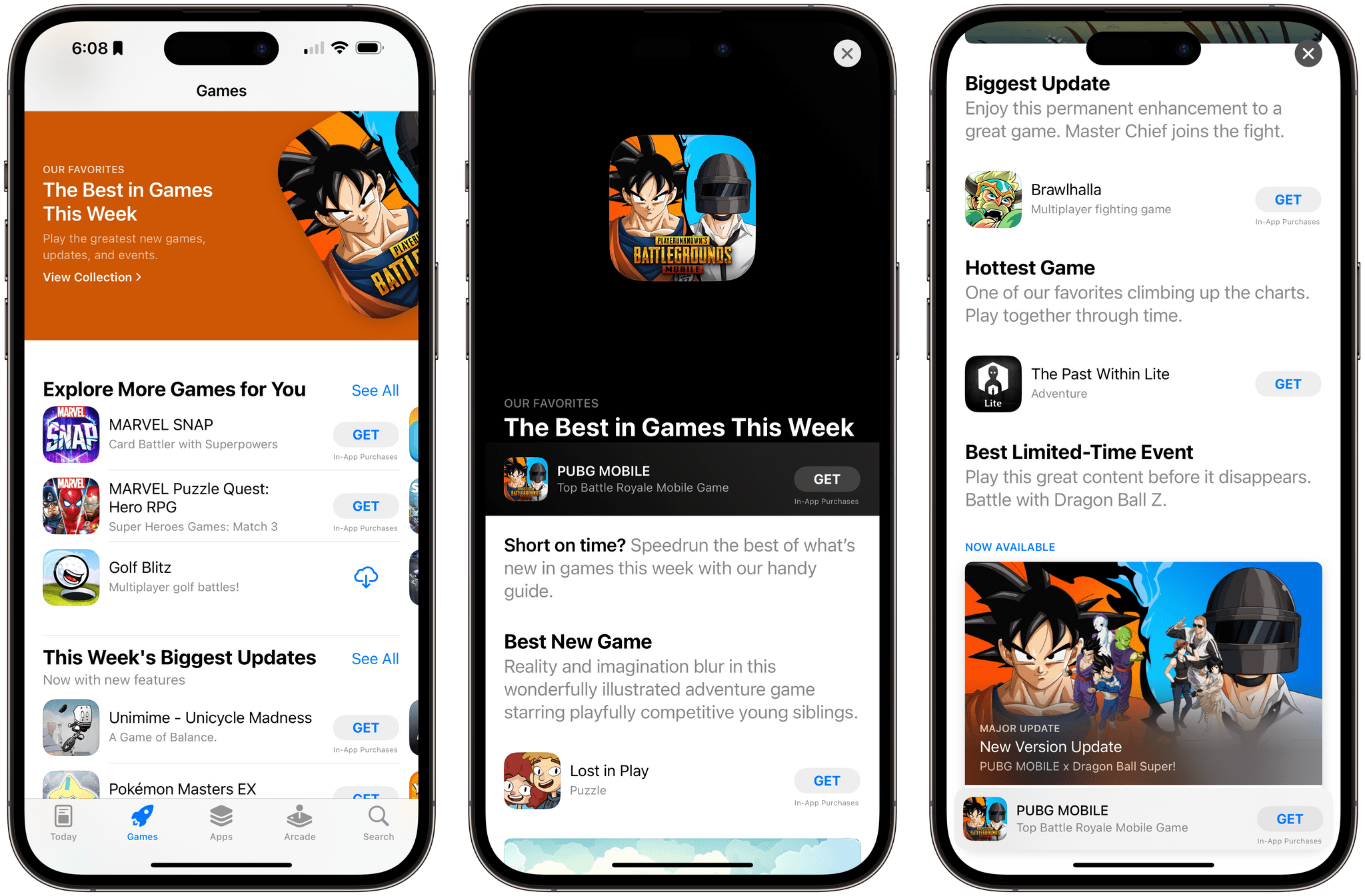In a decision issued today, the European Commission leveled a fine of over €1.8 billion against Apple for preventing developers of music streaming services from letting iOS users know about subscriptions available outside their apps. After an investigation, the Commission concluded that Apple’s practices violated Article 102 of the TFEU and Article 54 of the European Economic Area Agreement.
In a forceful response, Apple pointed at Spotify as the instigator of the EU investigation and accused the EC of protectionist behavior, noting that:
Over the next eight years, and more than 65 meetings with Spotify, the European Commission has tried to build three different cases. With every pivot, they’ve narrowed the scope of their claims — but each theory has had a couple of features in common:
- No evidence of consumer harm: European consumers have more choices than ever in a digital music market that’s grown exponentially. In just eight years, it’s gone from 25 million subscribers to almost 160 million — with more than 300 million active listeners — and Spotify has been the biggest winner.
No evidence of anti-competitive behavior: Eight years of investigations have never yielded a viable theory explaining how Apple has thwarted competition in a market that is so clearly thriving.
The European Commission is issuing this decision just before their new regulation — the Digital Markets Act (DMA) — comes into force. Apple is set to comply with the DMA in days, and our plans include changes to the rules challenged here. What’s clear is that this decision is not grounded in existing competition law. It’s an effort by the Commission to enforce the DMA before the DMA becomes law.
The reality is that European consumers have more choices than ever. Ironically, in the name of competition, today’s decision just cements the dominant position of a successful European company that is the digital music market’s runaway leader.
Apple has said it will appeal the fine, which was set at a level designed to “achieve deterrence.”



